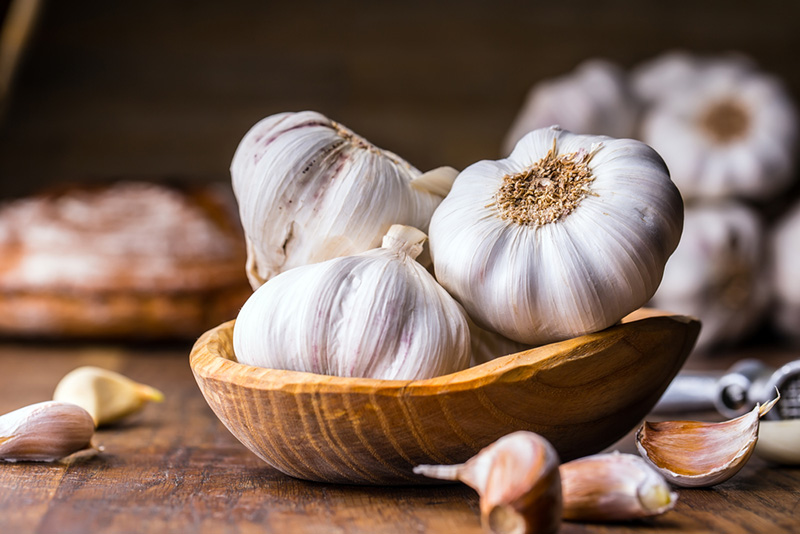Volume 112, Nº 2, February 2019
DOI: http://www.dx.doi.org/10.5935/abc.20190002
ORIGINAL ARTICLE
The Effect of Garlic and Voluntary Exercise on Cardiac Angiogenesis in Diabetes: The Role of MiR-126 and MiR-210
Roya Naderi
Gisou Mohaddes
Mustafa Mohammadi
Alireza Alihemmati
Amirmahdi Khamaneh
Rafighe Ghyasi
Rana Ghaznavi

Abstract
Background: Diabetes mellitus (DM) is one of the major risk factors for cardiovascular disease, leading to endotelial dysfunction and angiogenesis impairment. MiR-126 and miR-210 support angiogenic response in endothelial cells.
Objective: The present study sought to explore the effect of garlic and voluntary exercise, alone or together, on miR-126 and miR-210 expressions and cardiac angiogenesis in rats with type 1 diabetes.
Methods: Male Wistar rats were divided into five groups (n = 7): Control, Diabetes, Diabetes+Garlic, Diabetes+Exercise, and Diabetes+Garlic+Exercise. Diabetes was induced in the animals by streptozotocin (ip, 50 mg/kg). The rats were then fed raw fresh garlic homogenate (250 mg/kg) or were subjected to voluntary exercise, or to combined garlic and voluntary exercise for 6 weeks. MiR-126 and miR-210 expressions in the myocardium were determined by real time PCR, and the serum lipid profile was measured by enzymatic kits. Angiogenesis was evaluated by immunostaining for PECAM-1/ CD31 in the myocardium.
Results: Diabetes reduced both cardiac miR-126 expression and angiogenesis (p < 0.05). On the other hand, there was a miR-210 expression increase in the myocardium of diabetic animals (p < 0.001). However, those effects reversed either with garlic or voluntary exercise (p < 0.01). Moreover, treating diabetic rats with garlic and voluntary exercise combined had an additional effect on the expressions of miR-126 and miR-210 (p < 0.001). Furthermore, both voluntary exercise and garlic significantly improved serum lipid profiles (p < 0.001).
Conclusion: The induction of diabetes decreased angiogenesis in the myocardium, whereas our treatment using long‑term voluntary exercise and garlic improved myocardial angiogenesis. These changes were possibly owing to the enhancement of myocardial miR-126 and miR-210 expressions. (Arq Bras Cardiol. 2019; 112(2):154-162)
Keywords: Rats; Garlic; Allium Sativum; Exercise; Diabetes Mellitus; microRNAs; Angiogenesis Inducing Agents; Neovascularization; Physologic.















